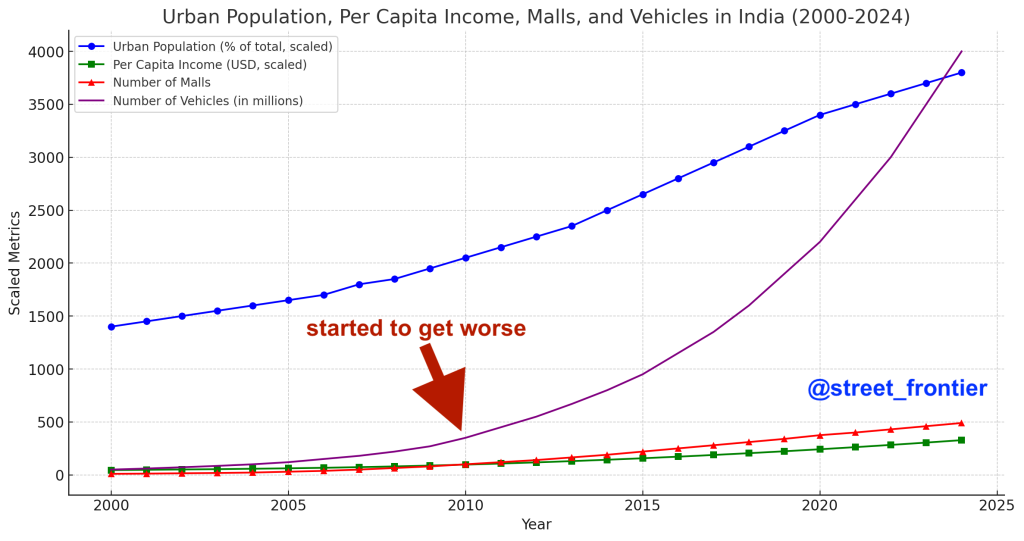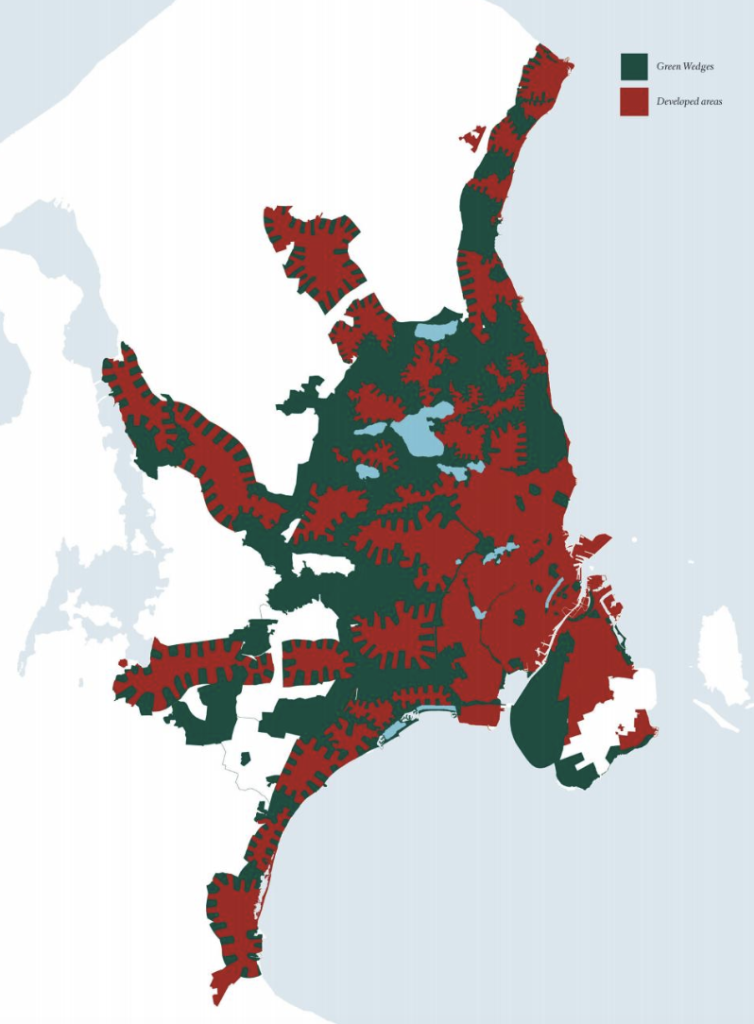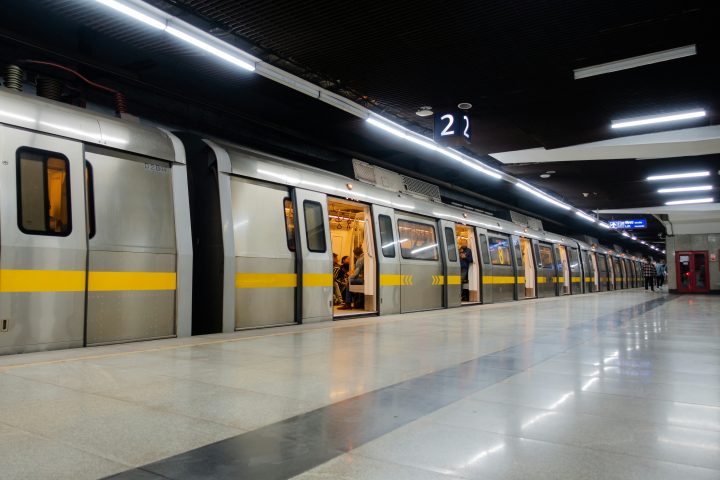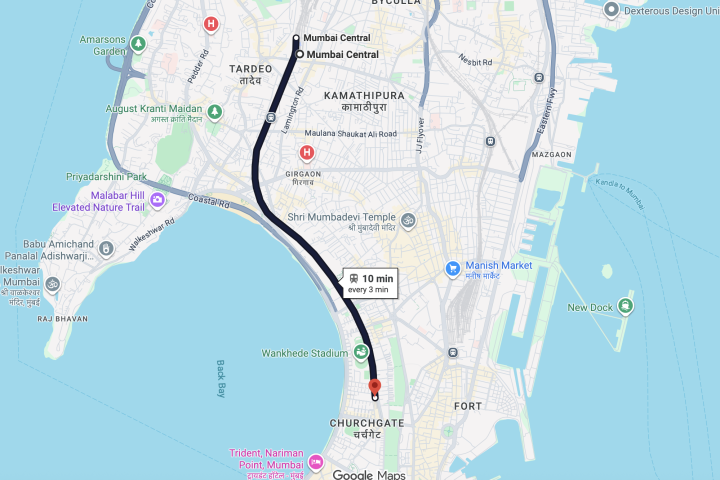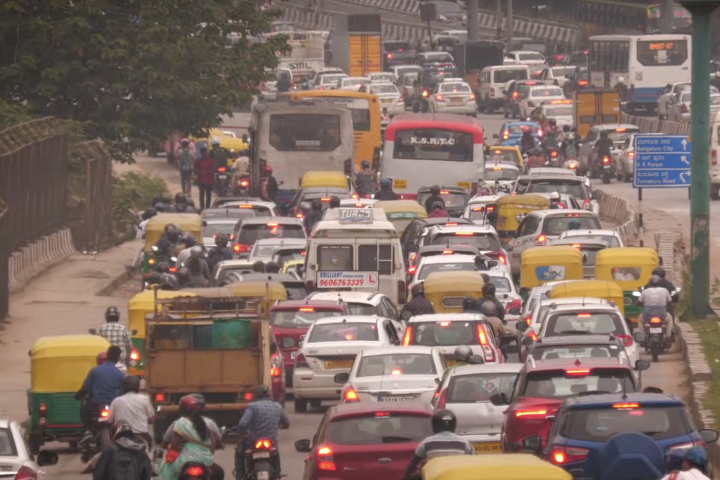North Indians migrating to Bengaluru is often reported in news with both locals and the migrants taking potshots at each other on social media.
And while this debate rages on, there is a silent and rising migration happening within the state led by districts from North Karnataka.
As the state rapidly urbanizes(led by Bengaluru), people from northern districts of Karnataka are moving to Bengaluru to fulfill their dreams.
And, it is not just the poor or the labor class that are migrating but people from all economic and social backgrounds are waving goodbye to their towns/villages and relocating to the state capital.
There is already a huge difference between population of the capital and rest of the cities in the state.
This gap keeps widening each year.
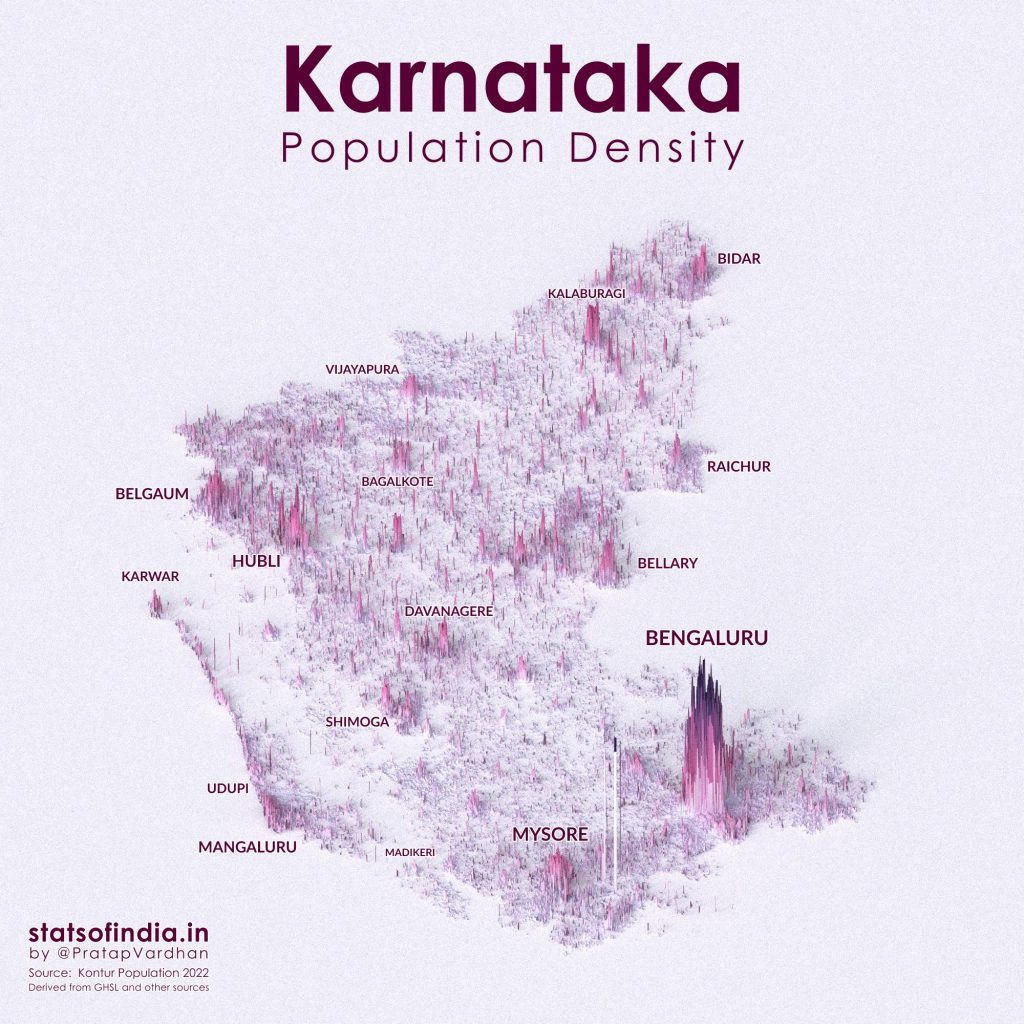
This internal migration is not a recent phenomena and has been happening since many years now.
According to a recent study, from 2001 to 2011, the proportion of the rural population shifted from 66% to 61%, and that of the urban population shifted from 34% to 39%. Majority of this urban growth is seen in Bengaluru.
This year, the election commission tried to locate migrated voters from North Karnataka to increase voting percentage. As per their estimation there are about 2.4 lakh migrant voters in Bengaluru who have migrated to the city. This data excludes minors and people who haven’t registered to vote – so the total number could be much much higher.

So, what’s causing this mass migration?
Uneven development
Successive governments across all parties have favored and directed investments in and around Bengaluru. The blame also goes to politicians from North Karnataka since Bengaluru is seen as a cash cow and a great place to park their money.
This regional imbalance causes people to move to more favorable destinations like Bengaluru.
BJP MLA, Arvind Bellad recently spoke about this issue and highlighted the plight of poorly developed districts of North Karnataka.
This argument was supported by former CFO of Infosys Mohandas Pai as well.

I recently spoke to an Uber cab driver in Bengaluru who hails from the least developed district of Karnataka: Yadgir.
He told me that his earnings are far higher in the city and that he has suggested few of his friends to come over to the Bengaluru to work as taxi drivers.
Climate
Arid land and extreme climate events are making it harder for farmers to grow crops in this region.
This year, farmers in Kalaburagi district have faced massive losses due to drought.
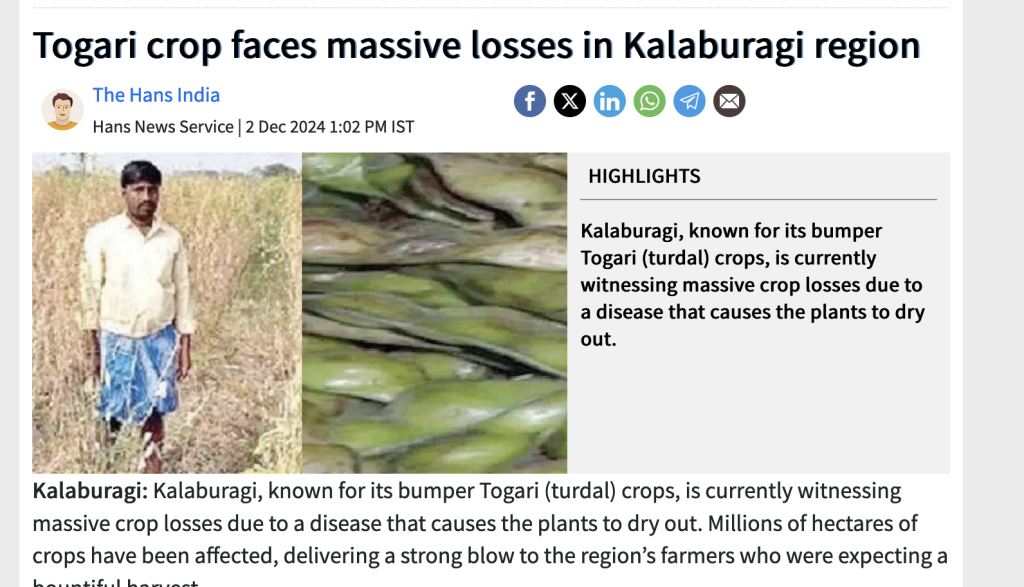
Many younger farmers or sons of existing farmers no longer see agriculture to be a lucrative profession.
And since there are fewer opportunities and earning potential in district headquarters, they end up moving to Bengaluru in a hope of a better life.
Indirect migration
Besides the direct migration which is primarily for job or education, indirect migration also significantly contributes to this problem. Indirect migration is usually caused by women and children.
When a man migrates from his village in search of better opportunities, he often brings his family members to the city as well. This creates a situation where family members indirectly contribute to migration.
A recent study titled “A Case Study on: Migration in
Karnataka” underscores this pattern where the single biggest reason for a women’s migration was that her family moved to the city.
Couple of months ago, I spoke to one of the farmers in Kalaburagi district and he narrated how he is struggling to find a bride for his brother.
He told me that potential brides do not want to marry a farmer and would rather choose someone who worked in Bengaluru.
Women, like everyone else, aspire for a better life and it seems Bengaluru is the only place in the state that can offer this.
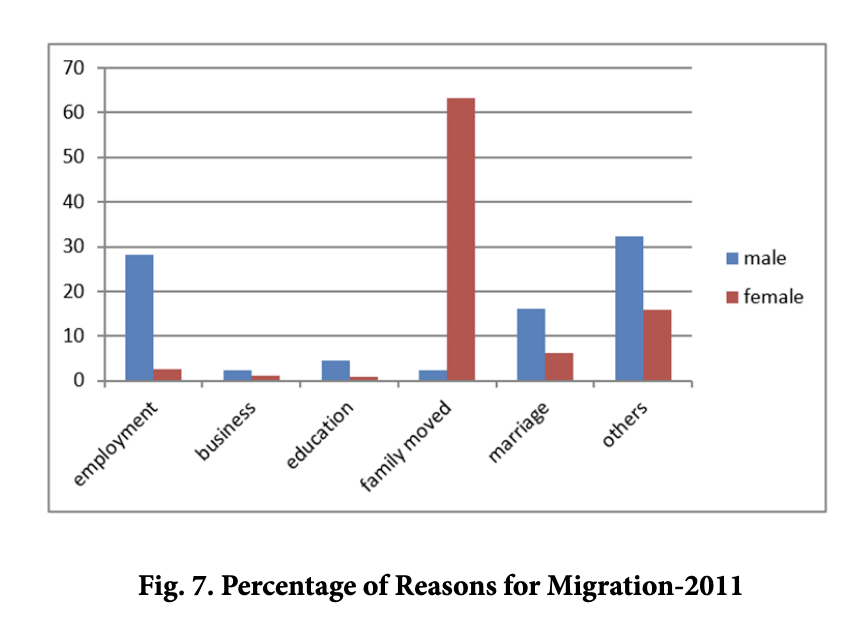
So, how does it impact Bengaluru?
When the city adds more people at this rate, it inadvertently puts more pressure on already crumbling infrastructure which is holding it.
Public transport gets crowded, roads are filled with additional vehicles, community spaces like parks and malls become crowded and so on.

It is in the best interest of the central and state government to correct this regional imbalance immediately.
In fact states like Maharashtra and Tamilnadu have done much better in retaining balance between the different parts of the state.
If Karnataka aims to become $1 trillion dollar economy by 2032, Bengaluru alone won’t be able to help achieve it – it needs every district in the state to pitch in.

